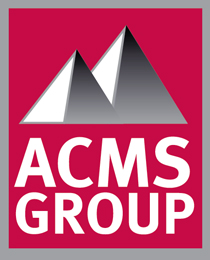There are a variety of refractory installation methods, and choosing the right one is crucial to the project’s success. It also requires an experienced team with the skill and know-how to get the job done right. The main refractory installation methods are casting, guniting, and ramming. Each is suited to specific applications and can be customized to meet unique needs.
Casting
Casting is one of the main refractory installation methods. It involves pouring hot molten metal into a mold that has a hollow cavity of the desired shape. The molten metal settles into the hollow cavity, which acquires the shape of the refractory material as it solidifies.
This process is used to produce a variety of different products, including cylinders, pistons, pulleys, engine manifolds, valves, and defense equipment. It is a low-cost method of producing shapes and sizes with different mechanical properties. In addition, refractory castings can be used to produce complex parts with intricate internal structures and features. These features are formed using a core, which is a sand shape inserted into the mold to shape the interior, and chaplets, which are small metal pieces fastened between the core and the cavity surface.
Refractory casting requires a high level of training and skill, so it is best to hire a team with extensive experience. It is also important to keep refractory materials and equipment in a safe, well-controlled temperature during the bake-out (curing) phase of the installation process.
Gunite
Gunite, also known as dry gunning, uses compressed air to send the dry refractory material from a gunning machine into an air flow that conveys it to a nozzle, where a liquid binder is added.
A key feature of dry gunning is the use of colloidal silica refractory materials. These no-cement refractories are alkali resistant and have strong bonding properties, making them ideal for installing refractory in hard-to-reach areas of cement kilns. Another key factor in a successful guniting job is the correct sizing of the particles. Typically, a refractory material that is properly sized will produce no rebound at high temperatures. Rebound is a result of expended or improperly hydrated material that bounces off the guniting surface, and it is important to minimize this.
There are several advantages to using a dry gunning method over a wet process. One is that gunning equipment is less expensive and can be moved more easily, as it doesn’t require water. Another advantage is that dry refractory can be applied in stages without compromising its bonding properties. The gunning process is very important to the long-term stability of refractory installations. It requires a seasoned refractory contractor and skilled guniting operator to apply the material correctly.
Ramming
Ramming is a method used to form refractory walls in the furnace. A refractory lining is usually made up of a thick layer of refractory material called an asbestos sheet that is bonded to a former by adhesives and is then shaped using pneumatic ramming tools.
Ramming will cause your refractory to expand so it’s important to make sure that your refractory material is of high quality and able to cope with the increased pressure. This will ensure that the refractory will play its proper role in your furnace and avoid problems like poor abrasion resistance, corrosion, and premature wear.
